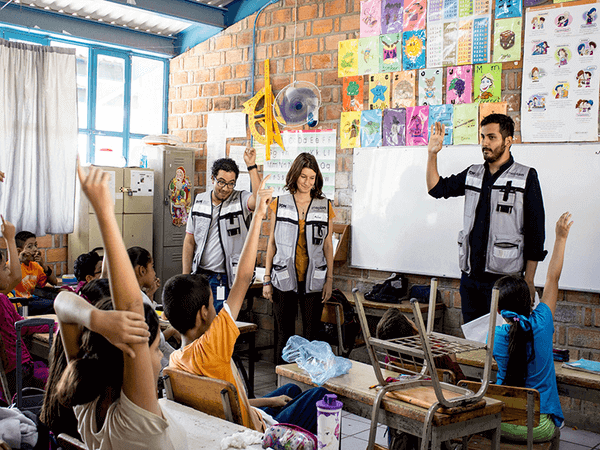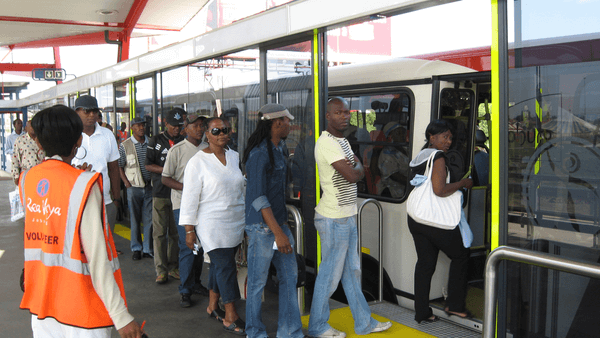City
Marseilles
Main actors
City Government, NGO / Philanthropy
Project area
Whole City/Administrative Region
Duration
Ongoing since 1995
This project used interdisciplinary cooperation and stakeholder involvement to implement a risk management system.
As a basis for risk prevention policies and intervention the City of Marseilles established a comprehensive risk management system. The initiative established an urban database and GIS mapping system to allow for rapid and continuous identification of risks, assessing and updating information, and indication concerning risk. Natural, technological, urban, and social risks are all covered by the system.
Danger or hazard zones were identified and mapped out to constitute a risk mapping system with the help of stakeholders taking on different roles and responsibilities. At the department or provincial level, major hazard and danger zones were identified by central government. The prefecture compiles relevant information at communal level which is available and accessible to the public. The commune prepares information on preventative measures which are used to formulate local policy implementation options.
The function of this early-warning fully-computerised GIS system enables emergency crews to appraise a situation rapidly, react in an appropriate way, and call upon relevant services to intervene. The system also provides information for risk abatement in post-crisis rehabilitation and reconstruction effort.
This initiative is in general a good example of interdisciplinary and inter-institutional teamwork.
Categories
On Map
The Map will be displayed after accepting cookie policy




